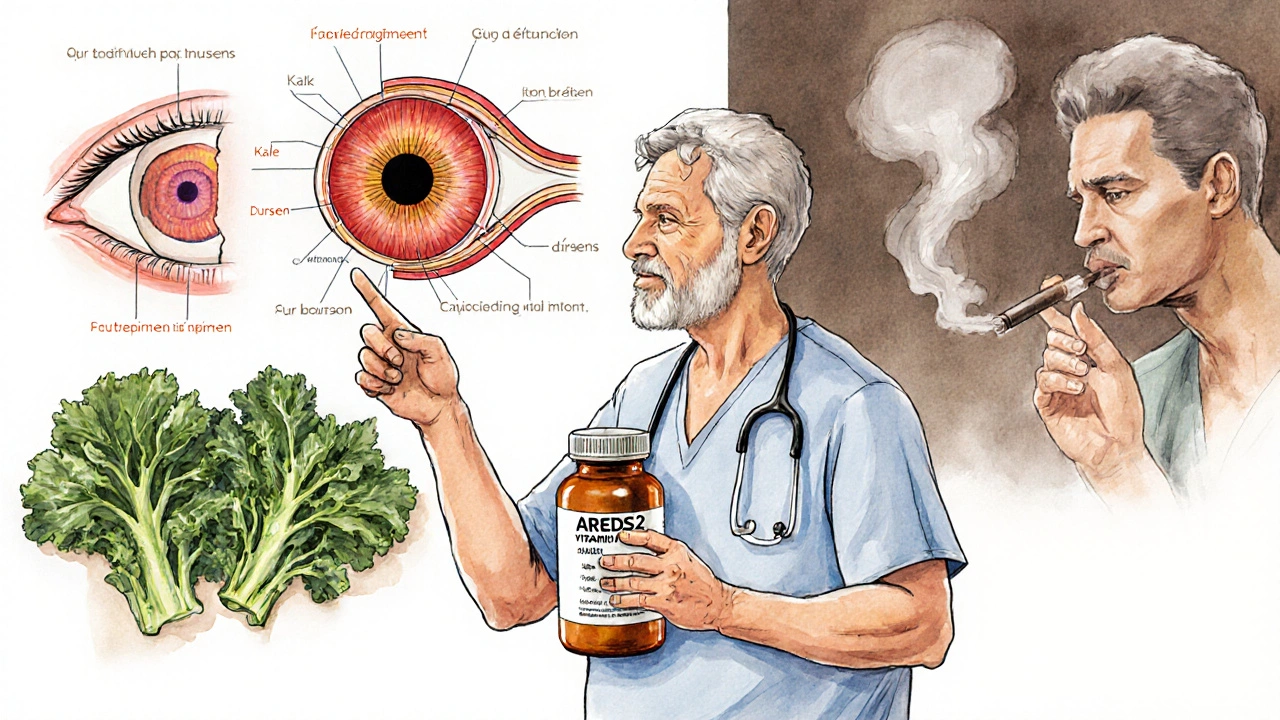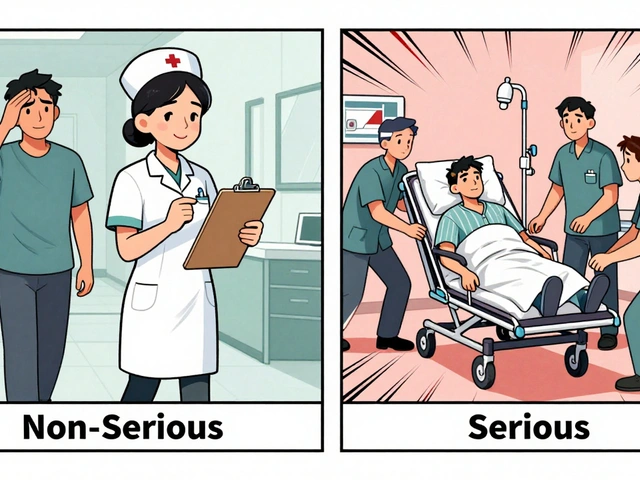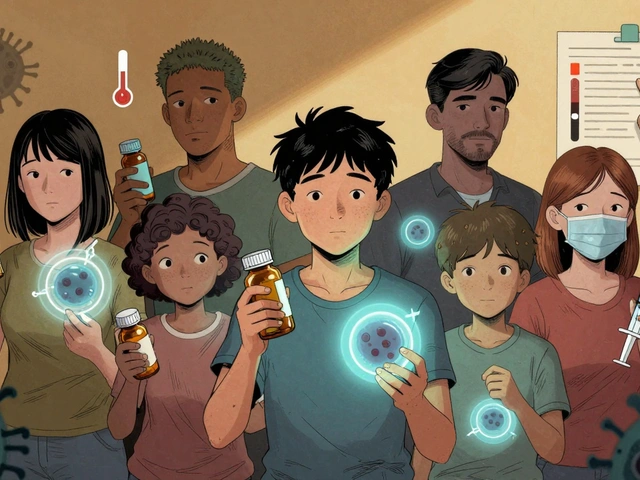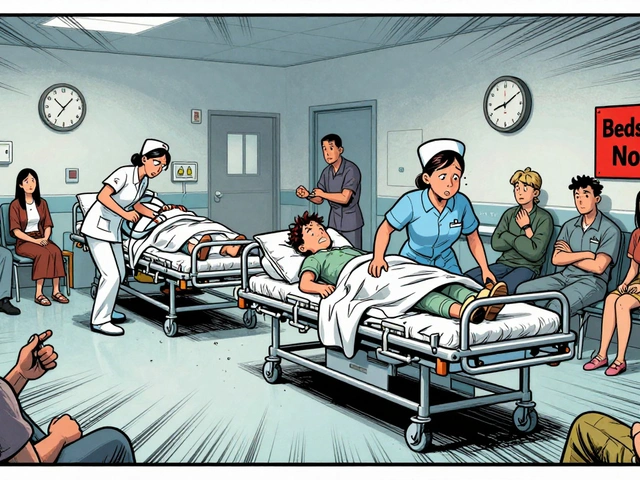Eye Health: Practical Tips for Clearer, Safer Eyes
Your eyes are busy every day. Protecting vision means simple, daily habits: good hygiene, regular checkups, proper use of medicines, and smart choices with contact lenses and screens.
Start with basics. Wash hands before touching eyes or lenses. Follow lens replacement schedules and never sleep in lenses unless prescribed. Replace makeup every three months and avoid sharing cosmetics. Keep prescription glasses clean and store them in a hard case when not in use.
Common issues and what helps
Red, itchy, or watery eyes often come from allergies, dry eye, infections, or irritation. Allergic conjunctivitis flares when pollen, pet dander, or dust hits the eye. For mild allergy symptoms, try artificial tears to flush allergens and cool compresses for relief. If symptoms are persistent, an eye doctor can recommend antihistamine eye drops or a short course of steroid drops.
Dry eye feels gritty or tired. Blink more during screen use, use a humidifier, and consider preservative-free artificial tears. Chronic dry eye may need prescription therapies like cyclosporine drops or punctual plugs; discuss options with your clinician.
Infections like bacterial conjunctivitis often produce sticky discharge and require antibiotic eye drops. Viral conjunctivitis usually clears on its own but can be very contagious; practice strict hand hygiene and avoid sharing towels.
Contact lens wearers: practical tips
If you wear contacts, small mistakes can cause big problems. Replace contact lenses and cleaning solution on schedule. Use only recommended solutions and never rinse lenses with tap water. Switch to daily disposables during allergy season to cut allergen buildup. If contacts feel uncomfortable, remove them immediately and inspect for debris or damage.
Keep a backup pair of glasses and a travel lens case with solution when you travel. Avoid swimming while wearing lenses or wear tight-fitting goggles. If you notice redness, blurred vision, severe pain, or light sensitivity, remove lenses and see an eye doctor right away; these can be signs of corneal ulcers or serious infection.
Medication safety matters. Use eye drops as directed and check interactions with other medicines. For instance, some oral antihistamines can worsen dry eye. If your doctor prescribes steroid drops, follow instructions closely to avoid elevated eye pressure or cataract risks from long-term use.
Protect your eyes from the sun with sunglasses that block UVA and UVB rays. Wear safety glasses for work or hobbies that risk flying debris. Schedule regular eye exams—most adults need a check every 1–2 years, sooner if you have diabetes, high blood pressure, or a family history of eye disease.
Small daily steps keep eyes comfortable and lower the chance of serious problems. When in doubt, call your eye care provider. Quick action often prevents lasting damage.
Keep a simple eye first-aid kit: sterile saline, artificial tears, a lens case, and a list of emergency contacts. Note your prescription and allergy history in your phone. These small steps save time during problems and help clinicians treat you faster, especially when traveling or seeing new providers and relatives.

AMD Vitamins: What the AREDS2 Evidence Says and Who Should Take Them
AREDS2 vitamins are proven to slow progression of intermediate and late-stage age-related macular degeneration-but only for specific patients. Learn who should take them, who shouldn't, and what actually works for eye health.
View More
Allergic conjunctivitis and contact lenses: Tips for wearers
As a contact lens wearer, I know how frustrating allergic conjunctivitis can be. To minimize the discomfort, it's essential to maintain proper lens hygiene, such as cleaning and replacing lenses regularly. It's also a good idea to avoid allergens, like pollen and pet dander, whenever possible. Switching to daily disposable lenses can be helpful, as they reduce the chances of allergen buildup. Finally, don't hesitate to consult your eye doctor if symptoms persist, as they may recommend alternative lens materials or allergy eye drops.
View More




